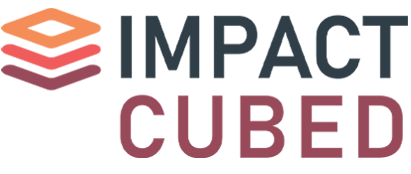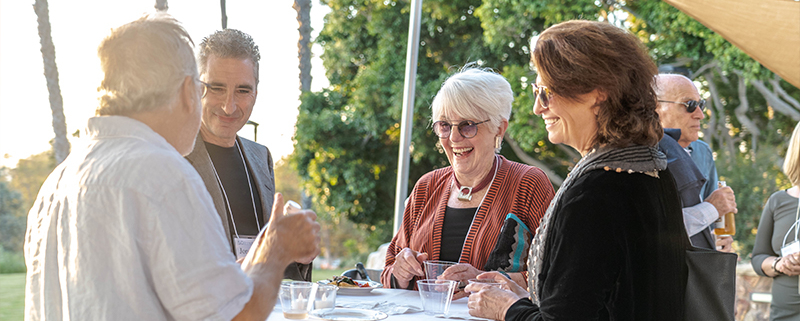Impact. What does it mean to you?
Impact. What does it mean to you? Your carbon footprint? Your children’s education? Smiling at the elderly man while out for a stroll in your neighborhood? The food you put in your body? How you honor your parents?
Our community and our world abound with opportunities to impact. Each of our choices produce rippling effects, and we often never know the outcomes of even simple choices.
Philanthropy presents even more perplexing unknowns.
Sol Price, founder of the Price Club and an iconic philanthropist and civic leader once reflected to me that it was easier for him to make money than to give it away. At the time, I was a young and inexperienced professional, and I was floored and confused, not understanding what he meant. He went on to clarify that in business, he had a clear bottom line, making financial profit; that could easily be assessed through a quick glance at his balance sheet. Philanthropy was different however. In that realm, he was seeking social profit and even the most complex spreadsheets and data often didn’t demonstrate the full set of potential impacts and outcomes.
That was 20 years ago. In the meantime, new demographic, technological, political, environmental, humanitarian and social realities set in every day. Change is rapid and unrelenting. How do we understand ourselves and our communities if we want to make a positive impact on the world?
Impact Cubed was established by the Leichtag Foundation not to provide answers but rather to provide framing, space, context and information to ask the questions more thoughtfully, collaboratively and productively. In pursuit of our philanthropic mission, we’re paying attention to demographic changes and how they relate to the ways people think and give. We’re keeping current on our community and our society’s most urgent challenges. We’re testing and demonstrating new ideas to achieve resiliency and the common good. Impact Cubed takes all that work and makes it public.
What does that mean? We’re workshopping big ideas, and right now we’re working to form and facilitate funder collaboratives, consulting with families and nonprofits to strengthen their capacity to do good, sharing giving opportunities, spearheading leadership initiatives and convening stakeholders for education and conversation.
The whole world is a narrow bridge. The important thing is not to be afraid. So said Rebbe Nachman of Breslov, a Hasidic sage. This quote magnetically pulls at me and repels me at the same time. How can we not be afraid? Did Rebbe Nachman never read the front page of the New York Times? It’s a mad mad world (in the words of that other great Gary Jules). But as I’ve thought more about this quote, recently I’ve been speculating that while fear is appropriate, even mandatory, paralysis is not. For Rebbe Nachman, being afraid was accepting a destiny in which we as humans are too tiny and powerless to make an impact. On the contrary, he teaches, accepting that fear would be a waste of our lives.
Leonardo da Vinci said “I have been impressed with the urgency of doing. Knowing is not enough; we must apply. Being willing is not enough; we must do.”
Let’s learn and do together.
Warmly,
Charlene



 San Diego Grantmakers 2019
San Diego Grantmakers 2019